15 Tips for Cutting Summer Utility Costs at Home
Summer is all fun with lots of games, but it is also the time when the utility bill lands in the mailbox. According to the U.S. Energy Information Administration, average electricity costs are climbing to around $173 a month this season, and that can sting. But keeping cool doesn’t have to mean draining your wallet. These easy tips, from quick fixes to smart upgrades, will help you save money while still enjoying summer’s sunshine.
Adjust the Thermostat Smartly
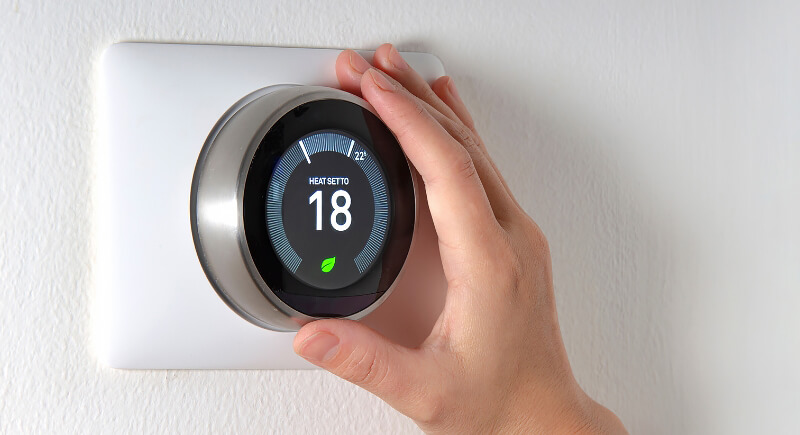
Credit: Getty Images
Set the thermostat higher in the summer than you might think. The Department of Energy recommends 78°F instead of 72°F, a change that can cut cooling costs by about 10%. A smart thermostat can handle the adjustments automatically when you’re asleep or out of the house, so you save money without noticing much difference in comfort.
Close the Curtains During Peak Heat

Credit: Canva
Draw blinds or pull curtains, especially on west-facing windows, and you’ll keep the scorch outside. Light-colored shades bounce heat away, while insulated drapes double as year-round helpers. Think of it as a sunblock for your living room: simple, quick, and surprisingly effective at keeping temperatures (and bills) in check.
Clean or Replace Air Filters
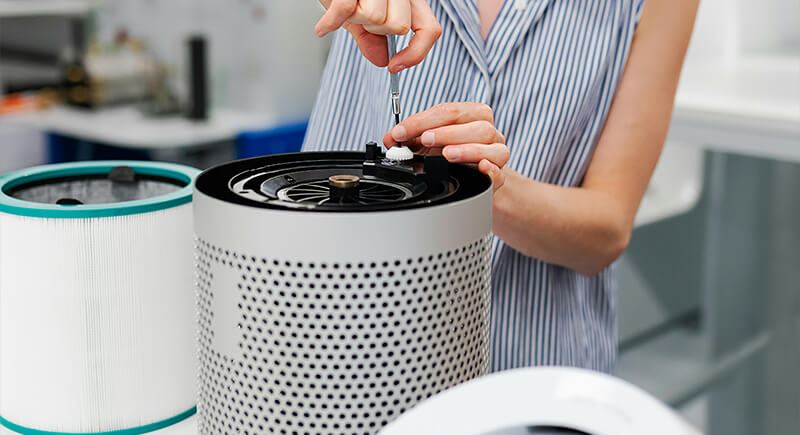
Credit: pexels
Clogged filters force your cooling system to push harder than it should, wasting energy in the process. The Department of Energy advises checking them every one to three months during summer and replacing or washing as needed. Staying on top of this simple task can lower cooling costs by 5% to 15% and help the air inside your home stay cleaner.
Use Ceiling Fans Wisely
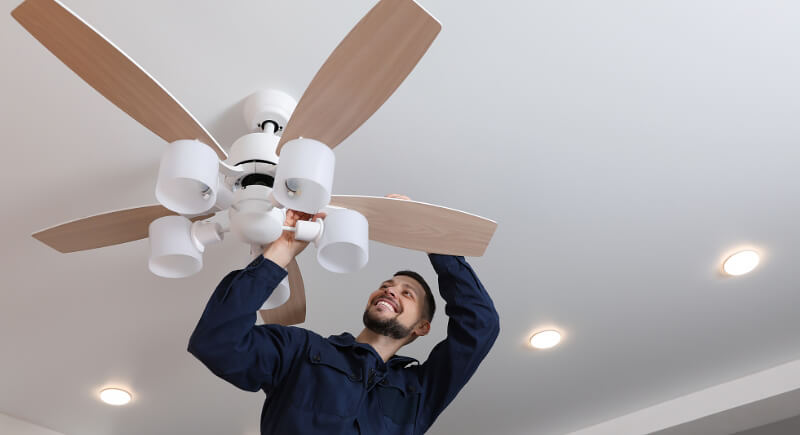
Credit: Africa images
Fans don’t cool the air: they cool you. When set counterclockwise, ceiling fans push a gentle breeze down and make a room feel four degrees cooler. That means you can bump the thermostat up without losing comfort. Additionally, running a fan costs just pennies an hour compared to air conditioning.
Seal Drafts Around Doors and Windows
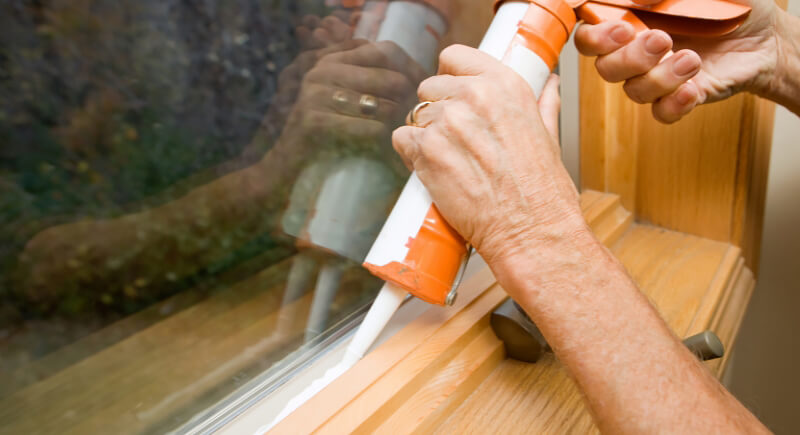
Credit: Getty Images
Small gaps around windows and doors let cool air escape and heat slip in. A quick pass with weatherstripping or caulk usually takes care of the problem, and the supplies are inexpensive. To find leaks, hold a lit stick of incense near the frame—the smoke will show where air is moving. Once sealed, your AC won’t have to work as hard to keep the house cool.
Shift Chores to Off-Peak Hours

Credit: pexels
Doing laundry at 6 p.m. could cost more than waiting until 9 p.m. Many utilities charge less during “off-peak” times when demand is lower. Dishwasher cycles at midnight or an early morning laundry load can stretch every kilowatt. Check your power company’s schedule, then let your appliances work the night shift. It’s like happy hour for your utility bill.
Switch to LED Bulbs
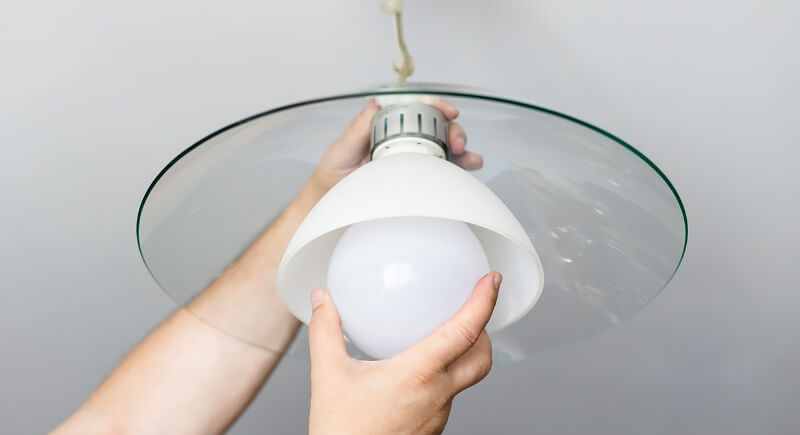
Credit: Canva
Incandescent bulbs are basically mini space heaters in disguise. LEDs use up to 90% less energy and last 15 times longer, according to the Department of Energy. That swap alone can save about $225 per year. Plus, LEDs don’t crank up the heat inside your house, which means less work for your air conditioner. It’s a quick upgrade that keeps your rooms cooler and your bills lower.
Turn Down the Water Heater
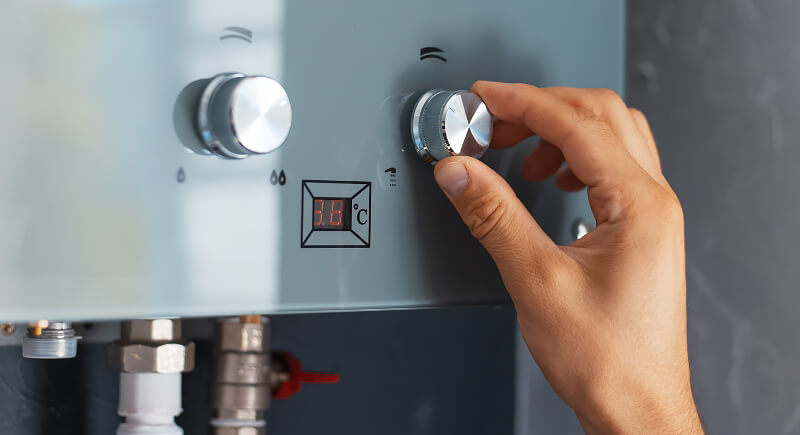
Credit: Getty Images
Does your water heater really need to scald at 140°F? Experts say 120°F is plenty for showers, dishes, and laundry. That small twist of a dial saves energy and reduces the risk of burns. Considering hot water eats up 18% of household energy use, trimming the temperature pays off fast.
Unplug Energy Vampires
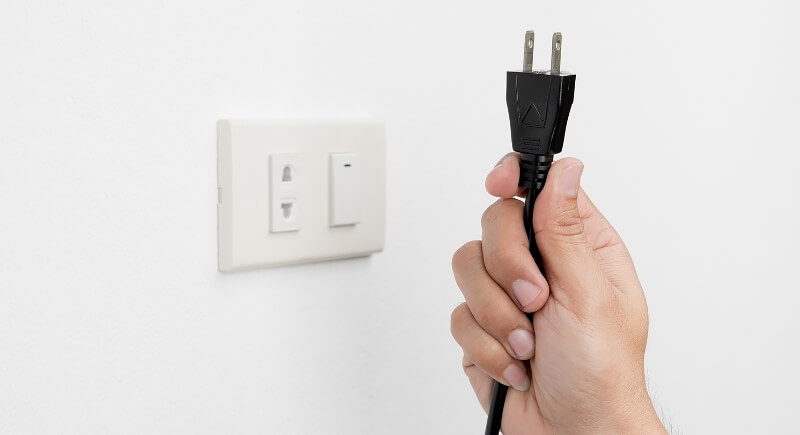
Credit: Getty Images
Many devices draw power even when you’re not using them. Phone chargers, consoles, and small appliances can add roughly $100 a year to the average household bill. Plugging them into smart power strips or unplugging them when idle stops that waste and keeps your energy use in check.
Take Advantage of Utility Rebates

Credit: Canva
Check your utility provider’s website before making upgrades. Many companies and state programs offer rebates on smart thermostats, Energy Star appliances, and insulation. Some areas also run community solar plans that can lower bills by around 15%. A few minutes of research can turn big purchases into long-term savings.
Rely on Natural Ventilation at the Right Time

Credit: pexels
Open those windows strategically. Early mornings and late evenings bring cooler air, perfect for creating a cross-breeze through the house. Once the sun’s blazing, close everything up to trap that coolness inside. This low-tech trick pairs beautifully with fans for extra comfort.
Upgrade Old Appliances

Credit: Vecteezy Images
Older appliances often waste more energy than they’re worth. Models with the Energy Star label use 10% to 50% less electricity, and rebates can lower the upfront cost. Even a new refrigerator alone may cut power use by about 15%, giving you steady savings over time and fewer breakdowns to worry about.
Keep Landscaping in Mind
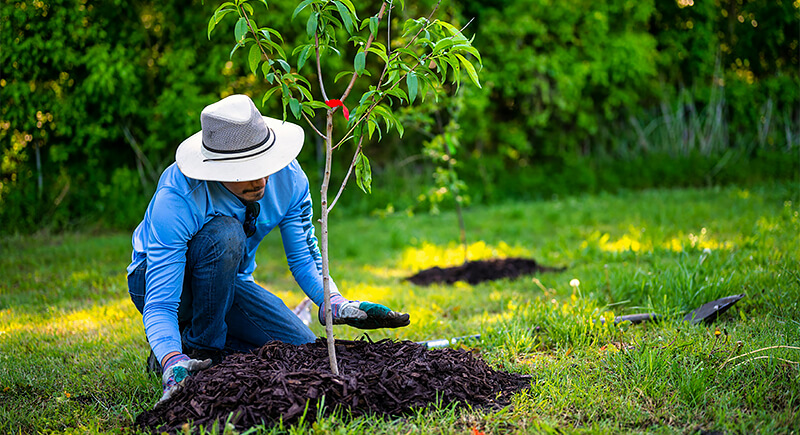
Credit: pexels
Planting trees and shrubs in the right spots can lower cooling costs. Deciduous trees on the south and west sides block the summer sun but allow light in during winter. Shrubs near your outdoor AC unit provide shade and help it run more efficiently. According to the EPA, thoughtful landscaping can reduce cooling needs by as much as 25%.
Run Appliances Efficiently
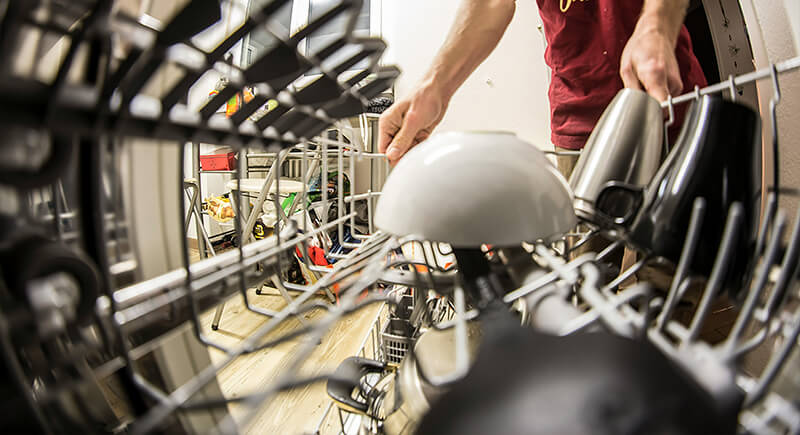
Credit: pexels
Modern dishwashers and washers use less water and power than hand washing, if you use them wisely. Always run full loads, skip pre-rinsing dishes, and choose cold water cycles for laundry. Energy Star dishwashers use less than five gallons per cycle, far below the 9 to 27 gallons used by hand washing.
Schedule an Energy Audit
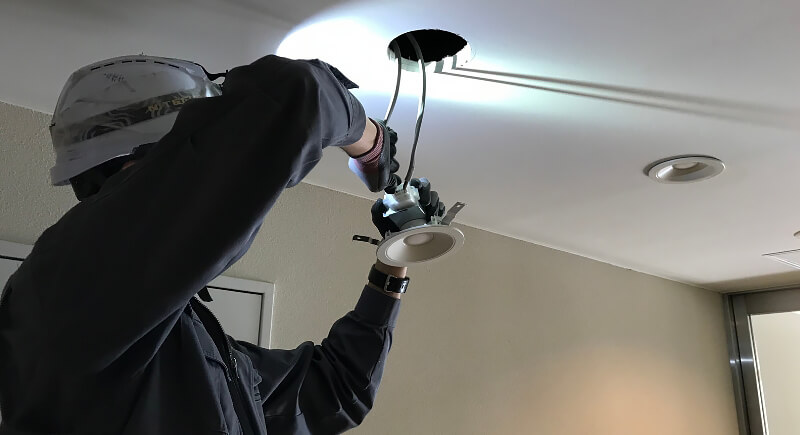
Credit: Canva
Many utilities offer free or low-cost home audits. Professionals or DIY guides from the Department of Energy can spot leaky ducts, poor insulation, and outdated systems you might overlook. Addressing their checklist can reduce bills by up to 30%.